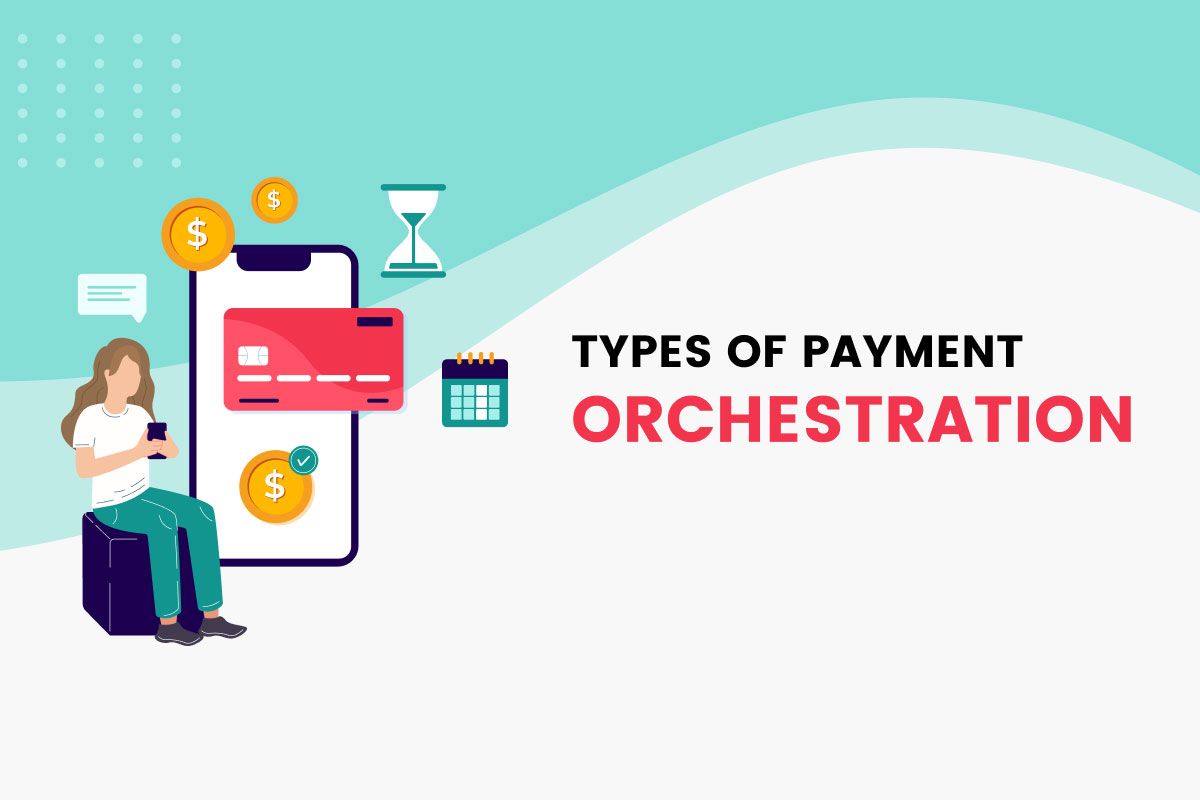The concept of payment orchestration has emerged as a pivotal element in ensuring seamless transactions for businesses and consumers alike. Payment orchestration, simply put, is the process of efficiently managing multiple payment service providers (PSPs) to optimize payment processing.
In this article, we will delve into the different types of payment orchestration and their implications for businesses.

DIY Payment Orchestration: A Risky Gamble
The DIY (Do-It-Yourself) approach to payment orchestration involves merchants managing payment processes in-house, typically through their development teams. This method, while presenting certain challenges, is often a strategic choice for enterprise-level teams due to the control and customization it offers.
The primary challenge in DIY payment orchestration lies in its complexity. Integrating each payment service provider (PSP) requires an extensive development process. This includes analyzing each PSP’s requirements, comprehensively reviewing their documentation, and creating detailed technical specifications for the integration. The development process is intensive, necessitating significant resources, and is often followed by rigorous quality assurance (QA) testing to ensure smooth operation. Our implementation experts at Akurateco have witnessed these challenges and intricacies firsthand, providing valuable insights into the complexities of such integrations.
Despite these challenges, the DIY approach offers significant benefits for enterprise-level teams. The most notable is the complete ownership of the payment ecosystem. This not only opens up new opportunities for improving user experience (UX) but also simplifies compliance by keeping sensitive data in-house, thus avoiding sharing it with third parties. This approach allows for greater customization, aligning the payment process more closely with specific business needs and customer preferences.
However, one of the most critical aspects where DIY falls short is in implementing efficient routing and cascading mechanisms. Routing involves directing transactions to the most suitable PSP while cascading is the ability to reroute transactions in case of failures. The manual nature of DIY orchestration often leads to routing errors, affecting transaction success rates and customer satisfaction. Implementing cascading, essential for minimizing declined transactions, becomes nearly impossible due to the intricacies of manual integrations. This can have significant implications for businesses, impacting their ability to provide reliable and efficient payment services.
“Biased” Payment Orchestration: The Price of Incentives
In our perspective, ‘Biased payment orchestration’ is a term we use to describe a particular approach observed among some payment service providers (PSPs) that have transitioned into orchestration platforms. We consider this approach ‘biased’ because, in certain cases, these platforms may demonstrate a preference for their own in-house processing services over others. Initially functioning as PSPs, these platforms might inherently lean towards promoting their processing solutions, even in situations where these may not align perfectly with a merchant’s specific transaction requirements. As a result, the orchestration process could potentially become skewed, with certain PSPs being favored due to internal incentives and preferences. It’s important to note that this terminology and perspective are specific to our analysis and are not necessarily a recognized industry norm.
In a “biased” orchestration setup, transaction routing decisions may prioritize the platform’s in-house services. This approach can impact the overall fairness and transparency of the orchestration process. For instance, a transaction that could be more effectively processed by an external PSP might be routed through the platform’s service, potentially leading to a lower success rate or higher processing costs for the merchant.
Furthermore, this bias can result in an imbalance in transaction processing. The platform might overutilize its processing capabilities, leading to an uneven distribution of transactions across the available PSPs. This not only hampers the efficiency of the orchestration process but also might not align with the merchant’s best interests.
The key concern with biased payment orchestration is that it compromises the primary objective of payment orchestration, which is to offer an unbiased and efficient transaction routing, where the main objective is clearly set: to make sure that the transaction is successful with the least “resistance” along the way for all parties involved. While there may be some short-term benefits, such as cost savings, the long-term implications of a lack of fairness and transparency could outweigh these advantages. Therefore, for businesses seeking comprehensive and unbiased payment solutions, understanding the implications of biased orchestration is crucial to ensure they make well-informed decisions for their payment processing strategies.
PSP-Agnostic Payment Orchestration: Transparency and Choice
Enter the PSP-agnostic payment orchestration, a category exemplified by industry leaders like Akurateco. In this model, orchestration is devoid of any material incentives to favor one PSP over another. It represents the epitome of neutrality, ensuring fairness and transparency in transaction processing.
The advantages of PSP-agnostic orchestration are manifold. It provides businesses with the flexibility to choose from a wide array of PSPs, allowing them to tailor their payment processes to their specific needs. Furthermore, it offers customers the freedom to pay using their preferred methods.
Akurateco stands as an outstanding example in the PSP-agnostic category. With over 15 years of industry experience, Akurateco combines expertise with a commitment to unbiased payment orchestration. Extensive investment has fortified its position, assuring businesses of reliability and longevity in their payment processes.
The real-world applications of PSP-agnostic orchestration are compelling. Businesses can enjoy seamless payment processes while offering their customers a diverse range of payment options. The transparency ensures that transactions are processed fairly, without any undue influence or bias.
Conclusion
In conclusion, payment orchestration is a critical component of the modern payments landscape. The choice of orchestration type significantly impacts the efficiency, fairness, and reliability of payment processes. While various types of orchestration exist, PSP-agnostic orchestration, epitomized by Akurateco, emerges as the most transparent and honest approach, ensuring a level playing field for businesses and customers alike. As the payment ecosystem continues to evolve, embracing unbiased orchestration could be the key to sustained success in the digital payments realm.









